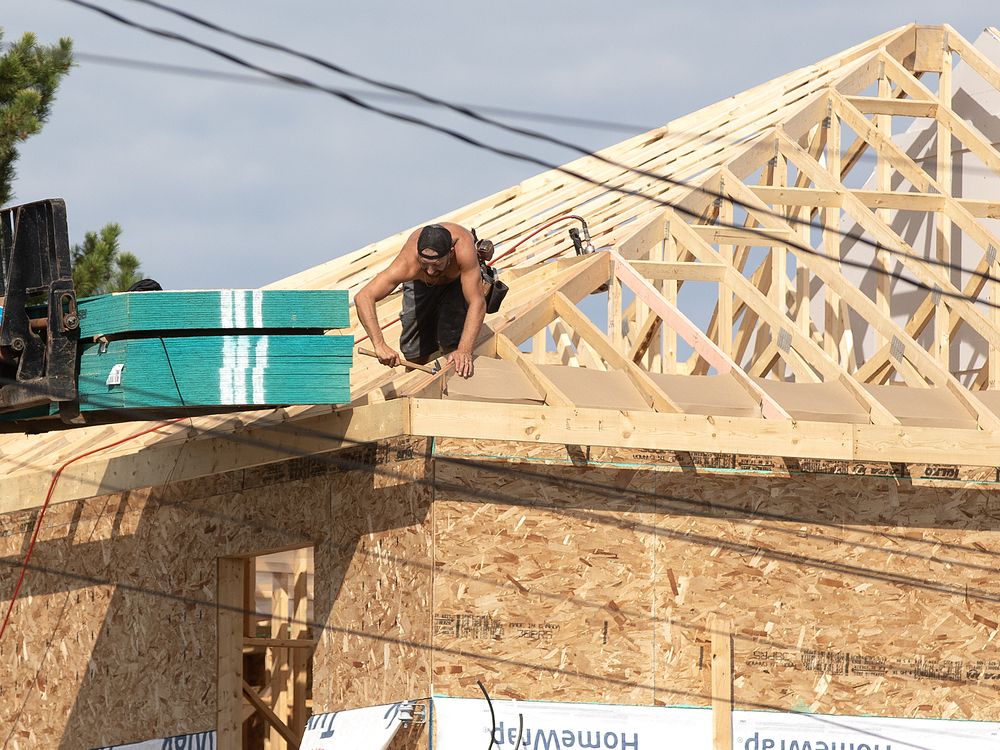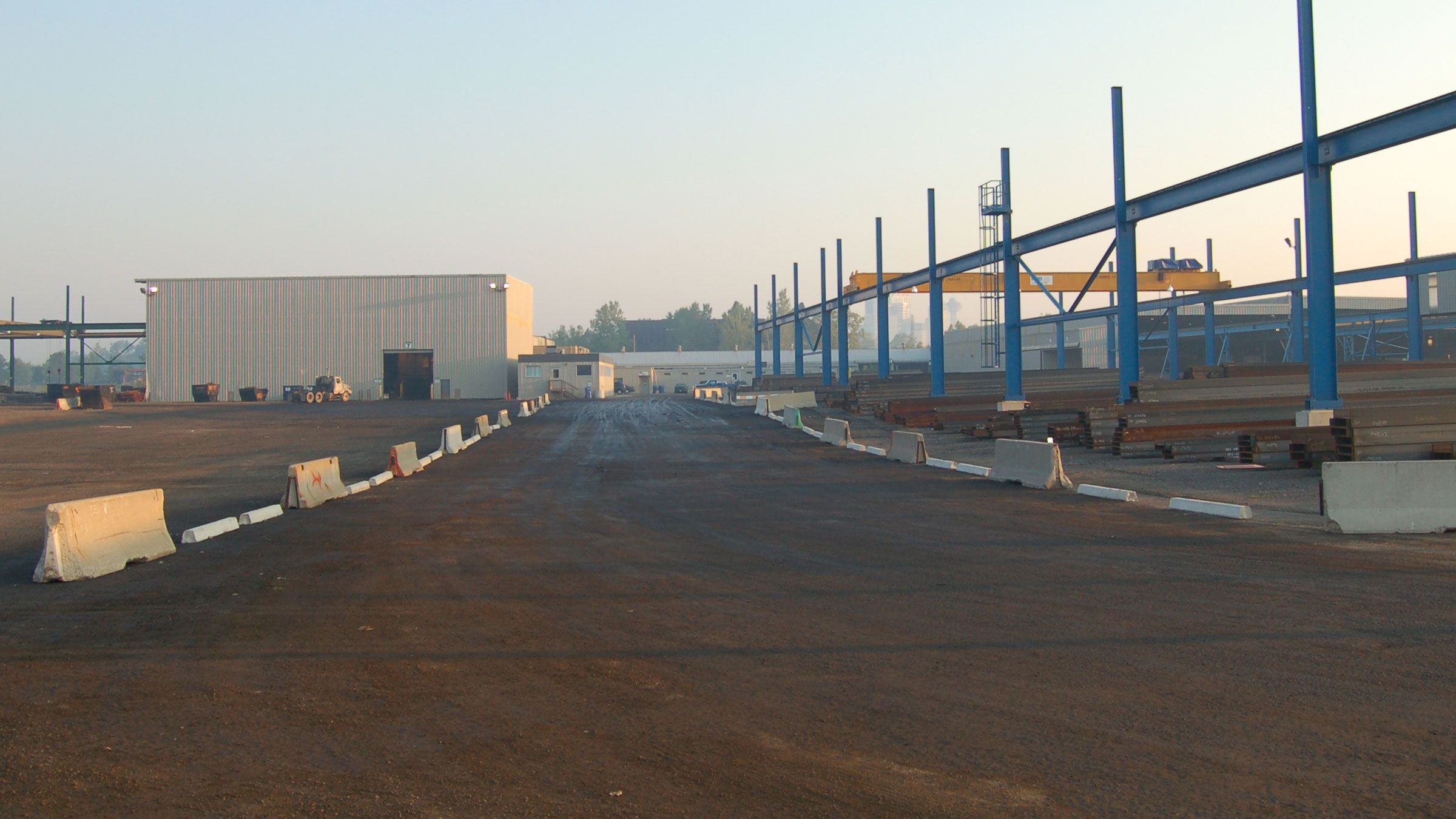Trump’s trade threats are just the beginning

Canadian businesses and policy makers are still reeling from the whirlwind that came with Donald Trump’s threatened tariffs and, on Monday, his 30-day pause. But it’s clear — free trade and its proponents are facing a rough road ahead.
And though the U.S. president may be the loudest and most existential threat to free trade, he’s definitely not alone.
“We are moving to a less free-trading world, simply because there are decisions being taken right now that may not be irreversible, but they will lock us in,” said Mark Manger, professor of political economy at the Munk School of Global Affairs and Public Policy in Toronto.
He points to a series of countries that are increasingly isolationist.
In France, far-right leader Marine Le Pen has called globalization “manufacturing by slaves for selling to the unemployed.” She has called for a revolution guided by “intelligent protectionism and economic patriotism.”
In the United Kingdom, Nigel Farage’s Reform UK Party placed first, for the first time ever, in a poll released on Monday, squeaking ahead of the governing Labour Party. Farage is best known for campaigning for the U.K. to leave the EU’s free trade zone, Brexit.
And under Prime Minister Narendra Modi, India has become one of the most protectionist economies in the world.
“There is a ton of populist rhetoric and we are certainly not in the golden age of a Clintonian 1990s, when everyone was holding hands in a post-Cold War, Kumbaya session,” said Scott Lincicome, vice-president of general economics at the Cato Institute, a Washington-based think-tank..
Outside of the U.S., the threat to trade remains largely rhetorical, he says. But that doesn’t mean it’s not a threat.
Trump’s willingness to upend decades of free trade may embolden other world leaders.
“All it requires is for somebody to kick this off and start disrupting, like deliberately disrupting, these links of free trade and supply chains that we’ve built up over the decades,” said Manger.
So what is a country like Canada supposed to do?
Diversifying its trade partners is a good first step.
Royal Bank’s CEO wrote a note to staff this week in the wake of the U.S. decision to pause its tariffs.
Dave McKay said many are upset and disappointed that Canada’s economic partnership was being put into question.
But, he said he remains optimistic about the future for Canada’s economy.
“The world wants what Canada can provide in great abundance. We can feed and fuel the growing world, and be a leader in energy, agriculture, critical minerals, advanced manufacturing and technology,” wrote McKay.
To do that, he said Canada needs to remove internal trade barriers, speed up approval processes for energy and infrastructure projects, make Canada more competitive on taxes and support home-grown tech innovation.
Front Burner29:22Is Canada ready for the next tariff fight?
There are signs that Canadian politicians may be finally willing to take steps to increase internal trade and remove barriers to development.
Transport Minister Anita Anand said last week she believes those barriers could be removed within a month.
Speaking after Prime Minister Justin Trudeau held an emergency meeting with provincial and territorial leaders, she said, “Every minister at the table felt the need, as do I, as does our government, to act collectively, to seize the moment and to do whatever we can to reduce those barriers to trade.”
“The momentum is palpable. The moment is here and we are seizing the moment.”
Removing internal trade barriers could boost Canadian GDP, lower consumer prices and provide non-U.S. options for Canadian businesses.
“Removing non-geographic internal trade costs increases trade volumes as a share of GDP by roughly 15 percentage points,” wrote University of Calgary economist Trevor Tombe in a 2019 paper for the International Monetary Fund.
But addressing internal trade can only go so far. Making it easier to sell booze or drive trucks in different provinces will come as a relief to consumers and some businesses — but Canada is an exporting country. Businesses sell billions of dollars worth of wheat and lumber and minerals and energy products.
Diversifying that trade is difficult.
“Canada, geographically, has a hard time trading with others,” said Lincicome. “It’s pretty easy for someone in Canada to trade with someone in Detroit. Or Vancouver with Seattle. It’s a lot harder to sell to China or sell to Europe.”
He says that trade can and does happen, of course. But it’s more expensive and comes with more logistical challenges.
Lincicome says the giant U.S. economy has a sort of gravitational pull on a smaller nation like Canada. Breaking out of that is difficult.
It’s made more difficult by the fact that there is something of a tide turning on globalization.
Lincicome says data shows global trade isn’t expanding as much as it once did, but it’s still growing. And he says, even amid all the rhetoric, Canada has options to grow its export market.
“I don’t think Canada’s in a good spot. But I don’t think the rest of the world is turning their backs like Donald Trump seems to be doing,” he told CBC News.




